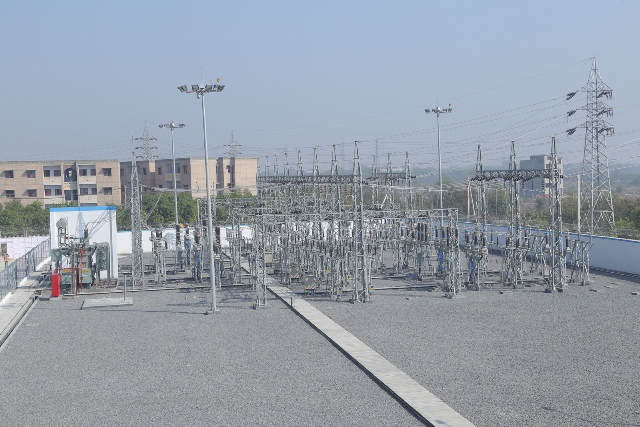The aggregate transformation capacity of sub-transmission substations is expected to grow by 29 per cent by 2030, according to the recently-released “Distribution Perspective Plan 2030.”
According to the plan document, prepared by the Distribution Planning & Technology Division of Central Electricity Authority (CEA), India’s substation capacity in the sub-transmission space is likely to touch 6,24,332 MVA by March 31, 2030 – around 29 per cent higher than 4,82,810 MVA as of March 31, 2022. The number of such substations is targeted to reach 52,157 from 39,965, by the same comparison.
The substations included here are of the sub-transmission variety, typically covering the voltages 66/11kV, 33/11kV and 22/11kV.
In other words, during the period FY23 to FY30 (April 1, 2023 to March 31, 2030), a total of 12,192 substations and 1,41,522 MVA of transformation capacity is planned to be added. (see table)
The document observes that the projected sub-transmission substation capacity – 6,24,332 MVA as of March 31, 2030 – is adequate to meet the country’s projected peak demand of 3,34,811 MW in FY30. [The peak demand of 3,34,811 MW translates to 3,72,012 MVA at 0.9 power factor.] This will result in around 60 per cent aggregate loading of substations. However, some substations might get overloaded for some time of the day, depending on local load conditions.
It is interesting to observe that Gujarat is envisaged to see the highest sub-transmission substation capacity during the period FY23 to FY30, at 27,342 MVA. This represents a fifth of the total substation capacity envisaged at the national level.
In terms of number of substations to be added during FY23-FY30, the maximum number of 1,804 substations is anticipated in Uttar Pradesh.
Going by the projections outlined in the “Distribution Perspective Plan 2030,” as of March 31, 2030, Gujarat will have the highest sub-transmission substation capacity, at 96,802 MVA, much of it concentrated in the western part of the state. Gujarat will be followed by Uttar Pradesh (with 70,695 MVA as of March 31, 2030), Maharashtra (55,308 MVA), Rajasthan (49,615 MVA) and Madhya Pradesh (41,964 MVA).
In terms of number of 66/33/22kV substations, Uttar Pradesh is expected to lead with 6,170 installations as of March 31, 2030, to be followed by Maharashtra (5,388), Andhra Pradesh (5,284) and Madhya Pradesh (4,992).
Feeders
Growth in sub-transmission substations would also need commensurate increase in feeder lines. With respect to 66/33/22kV feeder lines, the aggregate capacity, in terms of length, is expected to reach 7.78 lakh ckm, 32 per cent higher than 5.89 lakh ckm as of March 31, 2022.
Featured photograph (source: Tata Power DDL) is for representation only.

